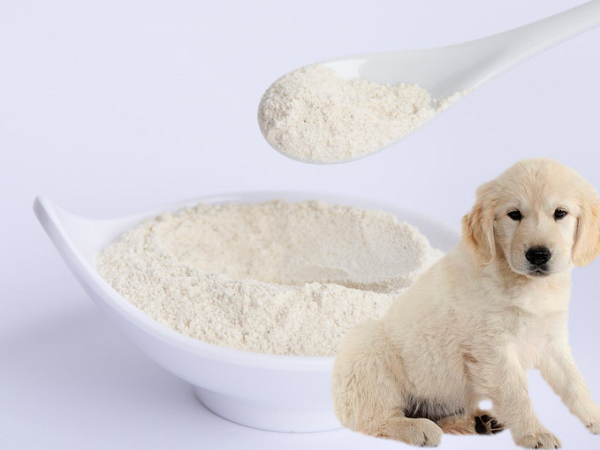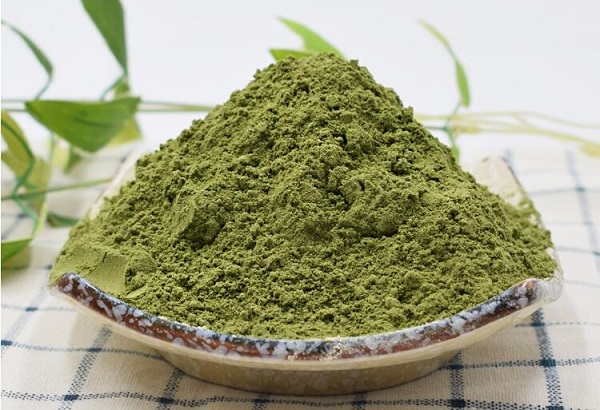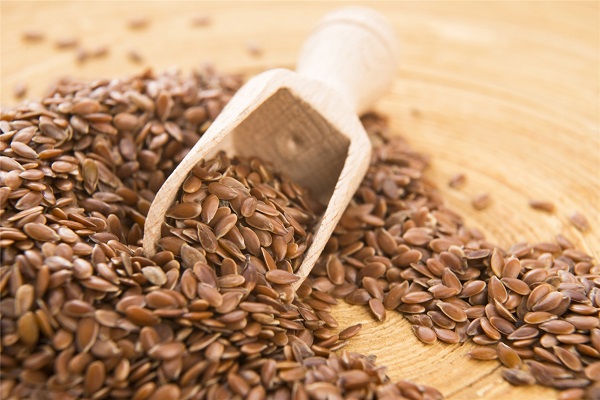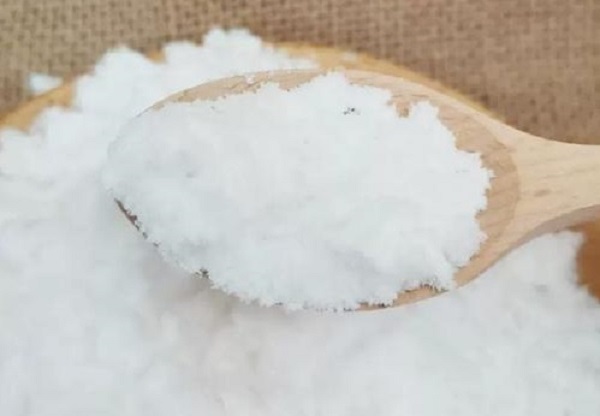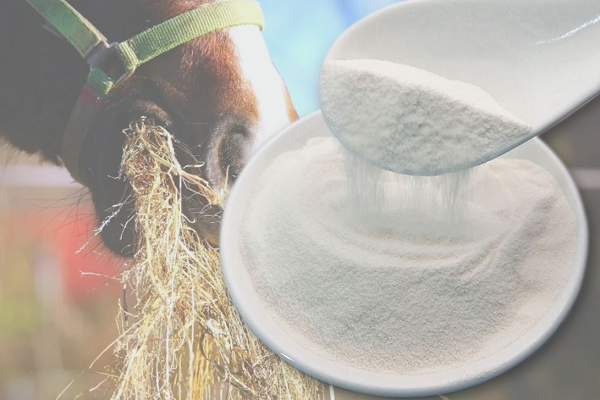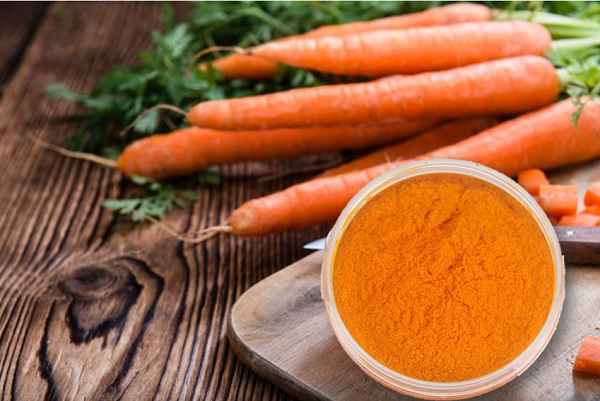Follow Us:
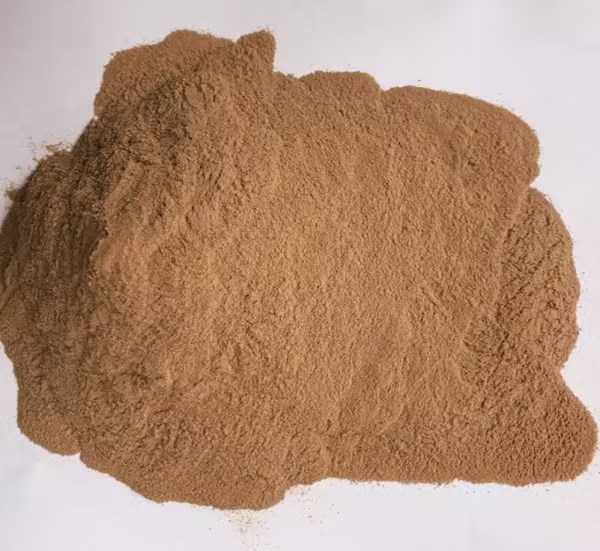
How Yeast Hydrolysate Enhances Feed Palatability: Bulk Ingredients Supplier
Yeast hydrolysate improves feed palatability by increasing the availability of amino acids, nucleic acids, and nucleotides. These compounds are released during the hydrolysis process, which breaks down the yeast cell wall and cytoplasmic macromolecules.
How it works
1. Amino acids
Yeast hydrolysate increases the availability of amino acids, including glutamic acid, which contributes to flavor.
2. Nucleic acids and nucleotides
The hydrolysis process increases the availability of nucleic acids and nucleotides.
3. Umami taste
The hydrolysis process increases the availability of umami-taste amino acids.
How Yeast Hydrolysate Enhances Feed Palatability
1. Natural Umami and Savory Flavor
- Yeast hydrolysate contains free amino acids, peptides, and nucleotides, which create a rich umami taste that attracts animals.
2. Masking Unpleasant Feed Ingredients
- Some feed ingredients (e.g., vitamins, minerals, fish meal, soybean meal) have bitter or off-putting tastes.
- Yeast hydrolysate acts as a natural flavor enhancer, balancing off-flavors and improving overall palatability.
3. Improves Feed Texture and Moisture Retention
- Helps maintain moisture content in pelleted and extruded feeds, preventing dry and dusty textures that animals may reject.
4. Ideal for Young and Picky Eaters
- Supports feed acceptance in weaning piglets, calves, poultry chicks, and aquaculture species that are transitioning to solid feed.
5. Enhances Synergy with Other Feed Additives
- Works well with organic acids, probiotics, and essential oils to improve both taste and gut health.
- In aquafeed, it pairs effectively with fish meal alternatives like insect protein and plant-based proteins.
Feed Additive Manufacturer GREEN AGRI produces yeast hydrolysate, a light yellow to brown powder, CAS 8013-01-2, 100% soluble, standard microbial limit less than 10⁶ CFU/g. Bulk ingredients supplier for Customers FOB Price.
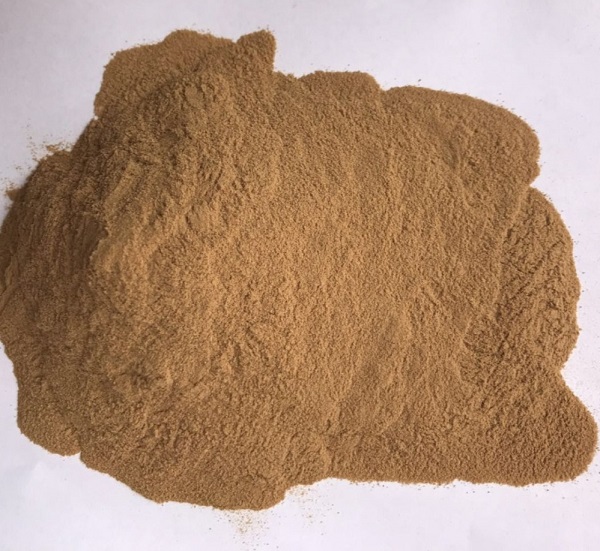
Yeast Hydrolysate Animal Feed: Dosage, Applications
| Animal Type | Recommended Yeast Hydrolysate Inclusion (%) | Purpose |
| Piglets | 2–5% | Increases feed intake, supports gut health |
| Broilers | 1.5–3% | Improves early growth, enhances digestion |
| Dairy Cows | 1–3% | Encourages consistent intake, enhances milk yield |
| Beef Cattle | 1–3% | Boosts feed efficiency and weight gain |
| Fish & Shrimp | 2–6% | Acts as a natural attractant, promotes growth |
| Dogs & Cats | 1–4% | Enhances flavor, improves digestion |
Yeast Hydrolysate Feed Formulation Recommendations for Different Animals
To maximize feed palatability and nutritional benefits, the inclusion rate of yeast hydrolysate should be tailored based on species, growth stage, and dietary needs. Here are optimal usage guidelines:
1. Swine (Piglets, Growers, Finishers, Sows)
Recommended Inclusion Rate:
Piglets (Weaning stage): 2–5% of feed
Grower-Finisher Pigs: 1–3% of feed
Lactating Sows: 3–5% of feed
Key Benefits:
- Stimulates early feed intake in piglets during weaning
- Improves gut health and reduces post-weaning diarrhea
- Enhances sow milk production for better piglet growth
Formulation Tip: Combine with organic acids (e.g., citric acid) to further enhance taste and gut health.
2. Poultry (Broilers, Layers, Breeders)
Recommended Inclusion Rate:
Broilers (Starter stage): 1.5–3%
Broilers (Grower-Finisher): 1–2%
Layers & Breeders: 1–3%
Key Benefits:
- Enhances feed palatability, leading to faster weight gain
- Improves gut integrity, reducing pathogen load
- Supports egg production and shell quality in layers
Formulation Tip: Works well with enzymes like protease to boost protein digestibility.
3. Ruminants (Calves, Dairy Cows, Beef Cattle, Goats, Sheep)
Recommended Inclusion Rate:
Calves (Milk replacer or starter feed): 2–4%
Dairy Cows: 1–3%
Beef Cattle (Feedlot stage): 1–3%
Goats/Sheep: 1–2%
Key Benefits:
- Supports rumen microbiota, enhancing fiber digestion
- Boosts milk yield and quality in dairy cows
- Reduces stress and promotes feed intake during transitions
Formulation Tip: Combine with yeast probiotics (e.g., Saccharomyces cerevisiae) for synergistic effects.
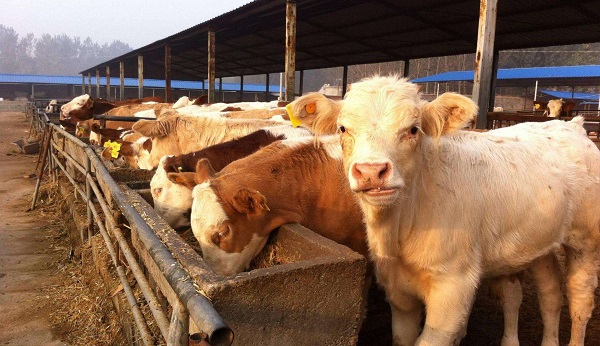
4. Aquaculture (Fish & Shrimp)
Recommended Inclusion Rate:
Fish (Tilapia, Salmon, Catfish, Carp): 2–5%
Shrimp: 3–6%
Key Benefits:
- Acts as a natural feed attractant, boosting appetite
- Provides bioavailable nucleotides for faster growth
- Strengthens disease resistance and reduces mortality
Formulation Tip: Works well with fish meal replacements (e.g., soy protein, insect meal) to enhance palatability.
5. Pets (Dogs & Cats)
Recommended Inclusion Rate:
Dogs (Puppies & Adults): 1–3%
Cats: 2–4%
Key Benefits:
- Improves palatability of kibble and wet food
- Supports gut health and enhances immune function
- Provides natural umami flavor, reducing artificial additive
Formulation Tip: Combine with omega-3 fatty acids for enhanced taste and nutritional benefits.
Guidelines for Formulation
1. Particle Size: Use fine powder for better integration into pelleted or extruded feeds.
2. Solubility: Use soluble yeast hydrolysate for liquid feed applications (e.g., milk replacers).
3. Storage: Keep in a cool, dry place to maintain freshness and efficacy.
Commercial formulations of yeast hydrolysate offer standardized nutrient profiles, ensuring consistent quality. They are often processed to enhance shelf life and ease of incorporation into various feed types.
Contact Us For Wholesale Orders
Immediately to obtain the MOQ, Shipping, and Package. For yeast hydrolysate price, Please contact us at email: info@greenagribio.com
Also See
- Wholesale Yeast Hydrolysate Price: For Animal Feed
- Does Probiotics and Prebiotics Benefit for Animal Nutrition
- Why Add Vitamin E Powder in Animal Nutrition
- Wholesale Alfalfa Powder For Animal Feed, Livestock Supplement
- Macleaya Cordata Extract in Poultry and Livestock: Performance Enhancers
- How High-Quality Feed-Grade Sodium Bicarbonate Improves Livestock Nutrition
- Is Berberine Hydrochloride Feed Grade 70% Safe
- Is MSM Safe for Animals? Ingredient Guide













